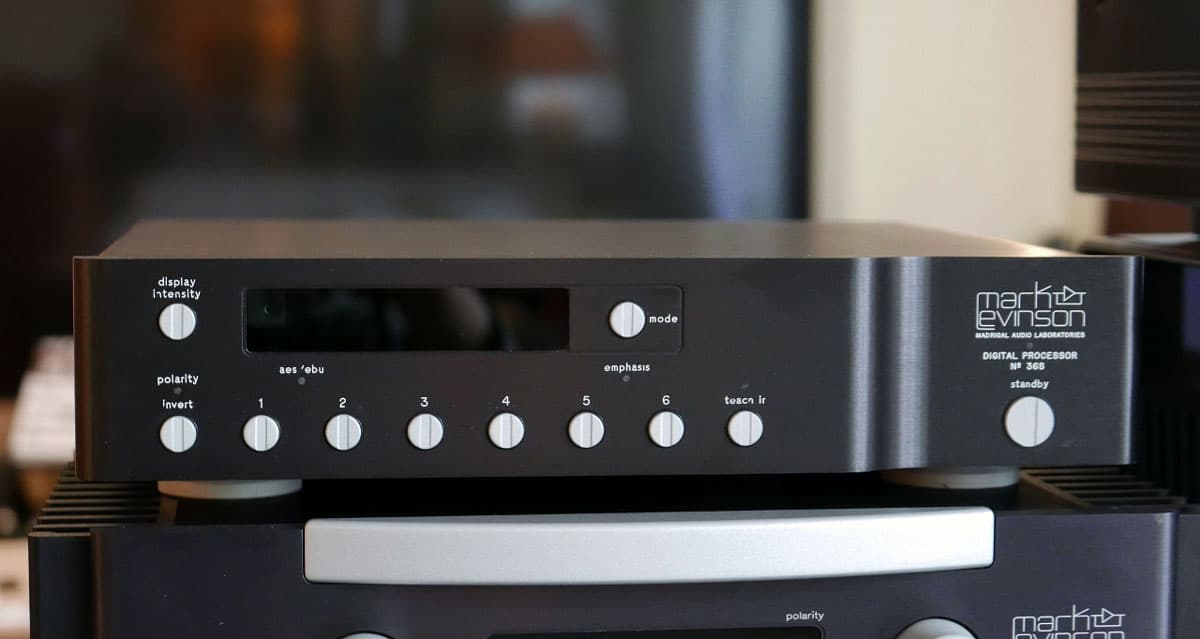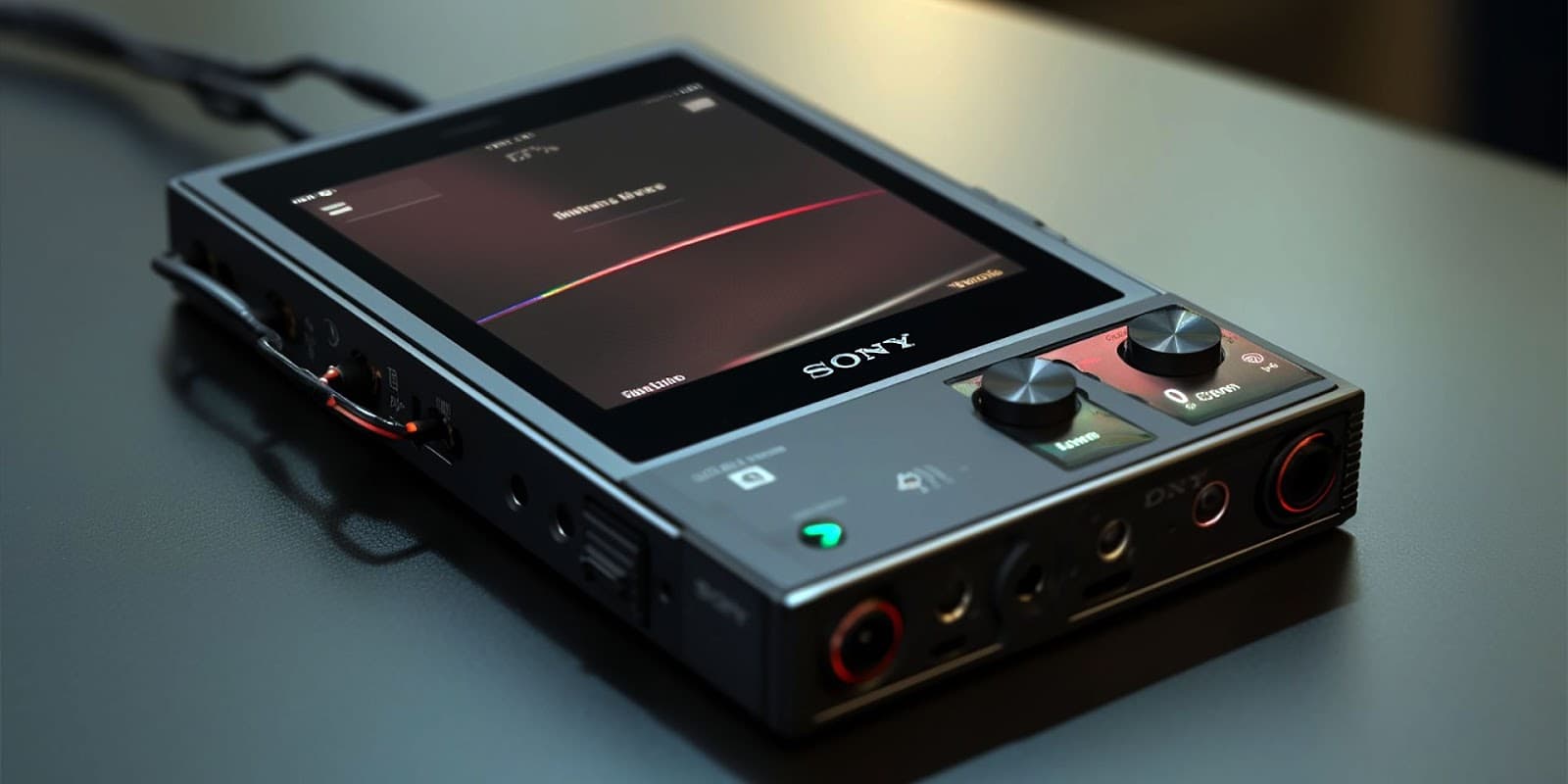Let’s talk about high-resolution audio. It has been gaining popularity recently, not only among audiophiles but also among people who appreciate good sound quality at home. High-resolution audio aims to capture and reproduce music as closely as possible to its original recording.
To enjoy high-resolution sound at home, you need special equipment. For example, AV receivers. This is what we will talk about today: what this format is, its features, how and with what equipment it can be played back, etc. There will be a lot of interesting information, so let’s spend the next few minutes together.
Understanding high-resolution audio
So, what exactly is this hi-res audio format? It’s a sonic experience that goes beyond what we typically hear from standard audio formats like MP3s. It’s like upgrading from a regular movie to an HD extravaganza.
So, what sets high-resolution audio apart from the usual tunes we stream or download every day? It’s all in the details, literally. Hi-res audio packs more data into every second of music. This is where ‘bit depth’ and ‘sampling rate’ come into play. Bit depth is like the audio’s paint palette – the higher it is, the more shades of sound you get. And the sampling rate? It’s how many times the audio is captured per second. High-resolution tracks use a bigger bit depth and a higher sampling rate than standard files, meaning you get a richer sound.
With HD audio, you’ll experience unparalleled clarity and accuracy in every note. Imagine hearing every breath taken by your favorite vocalist, every pluck of the guitar strings, or the tiniest cymbal clash in a drum kit. That’s the kind of level of detail and depth that hi-res audio can bring to your listening experience.
From a broader perspective, high-resolution audio can also reveal hidden depths in songs that you never knew existed. It can present details and subtleties that reveal themselves only through a higher-quality format.
The evolution of home audio formats
Remember the days when vinyl ruled? Those large discs were more than music carriers; they were like holding a piece of art. Then CDs burst onto the scene, compact and shiny, promising crystal-clear sound in a much smaller package. At the time, I was blown away by how many songs you could fit into that little disc!
But then, digital happened. At first, I was skeptical. The convenience was undeniable – who doesn’t love carrying the entire music collection in the pocket? However, something felt off. The richness and warmth I loved in vinyl and even CDs seemed diluted. Digital formats lost some of that audio magic in their quest to be compact. It was like watching your favorite movie on a fuzzy screen – you get the story, but the experience is lackluster.
Here’s where the plot twists: the resurgence of high-resolution audio. It’s like we all collectively realized, “Hey, we don’t have to settle for subpar sound!” High-res audio brought back that depth and detail I missed, making digital music convenient and truly immersive. I remember the first time I listened to a hi-res track; it was like hearing my favorite song for the first time again. The layers, the nuances – it was all there.
AV receivers and high-resolution audio
A budget AV receiver would be well-suited for the task when you’re looking for a solid choice without breaking the bank. They’re like the conductors of an orchestra, seamlessly blending various high-res audio sources into one harmonious output.
Modern AVRs are incredibly convenient. These models are equipped with built-in DACs (Digital-to-Analog Converters) that are necessary for converting digital high-resolution files into the detailed and lush sound we all desire. In addition, they support various music file formats, such as FLAC, WAV, DSD, and many others.
These days, AV receivers are not shy about flexing their network muscles. With Wi-Fi and Bluetooth capabilities, streaming high-res audio from your favorite online platforms or devices is a breeze.

Sources of high-resolution audio
Alright, so where do you get your hands on this amazing high-resolution audio? There are a few cool options out there. First up, streaming services. Yes, the same ones we use daily are stepping up their game. Many now offer high-res audio tracks – it’s like finding hidden treasures in your usual playlists.
Then there’s the world of downloads. Websites dedicated to high-quality music offer tracks in formats like FLAC or WAV. It’s like going to a gourmet food store, but for your ears – everything just tastes, or rather sounds, better.
And let’s not forget about physical media. Remember SACDs (Super Audio CDs)? They’re like the vinyl records of the digital age. Popping one into a compatible player is like stepping into a studio where the album was recorded. The depth and clarity are mind-blowing.
Now, the cool part is how these sources play nice with AV receivers. Modern receivers are pretty much ready to handle all these formats. They’re like the universal translators for high-res audio. You plug in your music source, and suddenly, your living room transforms into a concert hall or a jazz club, depending on your mood.
